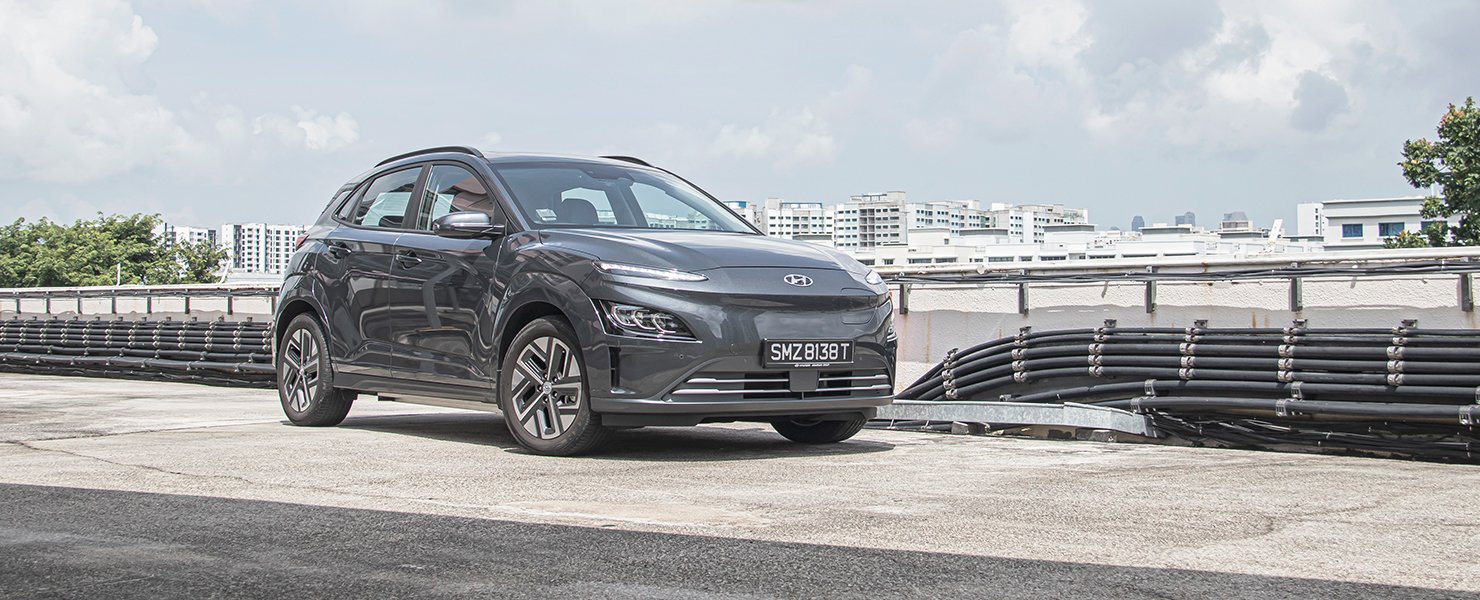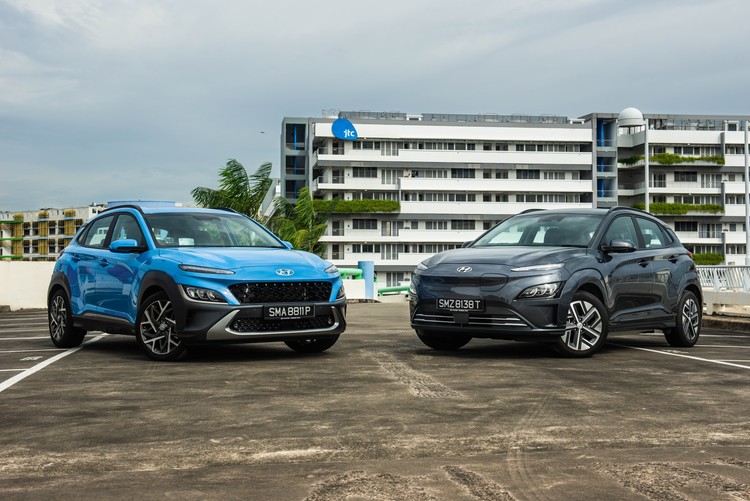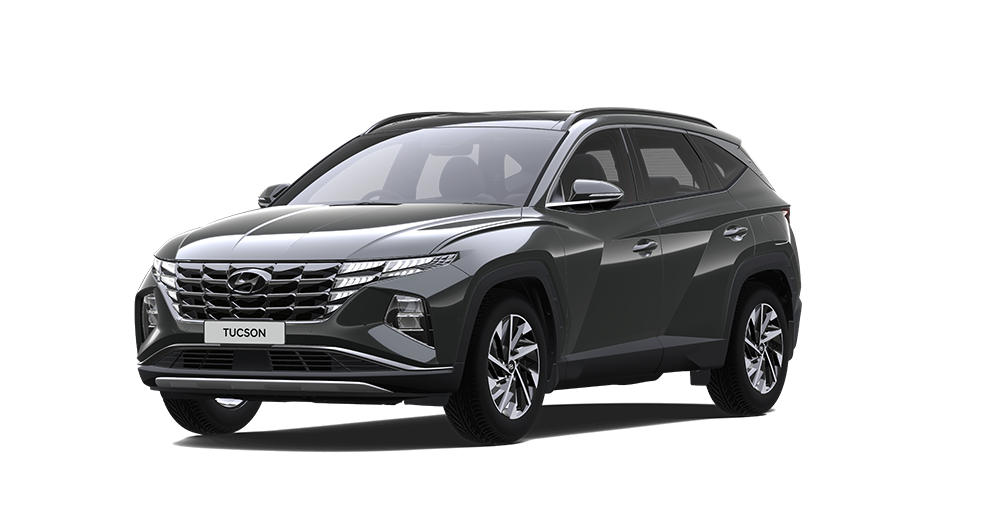Hyundai is pushing forward with electrification. Its current range includes four electrified variants (with two being fully electric), and two more hybrids models that will be introduced to Singapore soon.
The latest fully electric offering is the facelifted KONA Electric. Is it enough to make you bite?
Facelift: What's New?
- • Sleek exterior design with razor-thin LED daytime running lights
- • 10.25-inch digital instrument cluster
- • 8.0-inch infotainment system with wireless Apple CarPlay
- • Ample safety systems as a standard
- • Revised suspension for better overall ride comfort
A new look
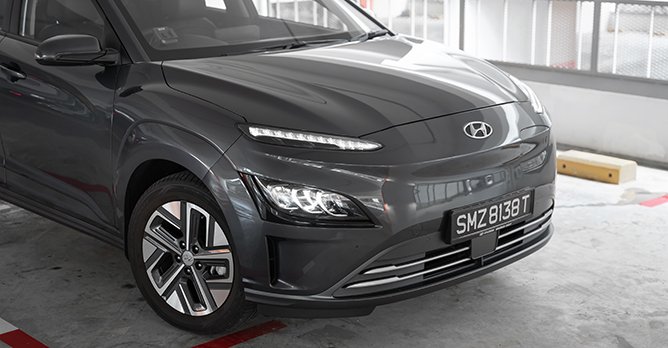
Key to the facelift is a new exterior design. It's much more prominent on the Hybrid variant we recently reviewed, especially with the bold new grille design. The Kona Electric doesn't have (or need) a front grille, so the design changes are a little less obvious.
However, with a more sharply styled nose and new super slim lights, the Kona looks a little sleeker and, more importantly, carries less visual weight.
The interior has also been modernised. You get a 10.25-inch digital instrument cluster, as well as an 8.0-inch Display Audio infotainment system. This provides plenty of easy usability, whether its toggling different information on the digital cluster, seeing energy information on the infotainment screen, or accessing your smartphone features using wireless Apple CarPlay.
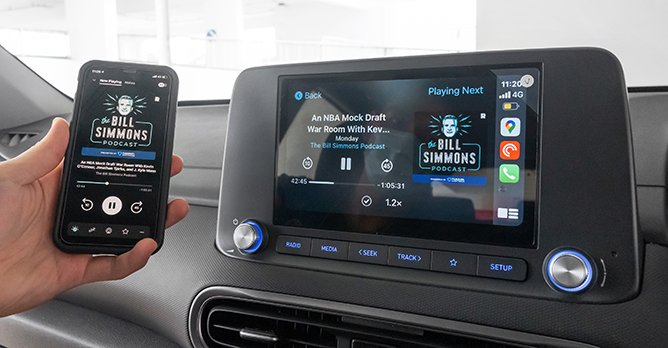
While the rest of the cabin remains functionally sound like before, I do think that the materials and overall sense of quality of the interior has improved. I don't know if it's just the slightly dull grey/beige colour scheme of the pre-facelift model that I drove, but this facelifted model features what seems like more polished materials and sleeker looking plastics.
Quick feet
The Kona Electric is thoroughly quick. The electric drivetrain makes 100kW, but importantly, a keen 395Nm of instant torque. This propels the Kona forward with plenty of gusto.
The Kona's suspension has been revised, and now it's a little on the firmer side. For most driving situations, it actually helps to better manage the car's overall weight, making for a relatively smooth and composed ride. However, when you go over a big hump, the firm suspension and the overall weight do cause the car to lurch over the hump slightly.
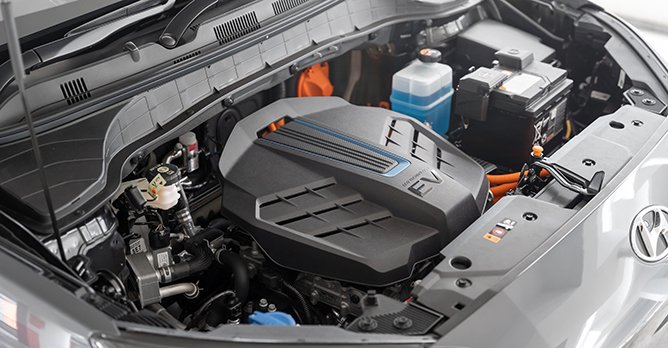
Hyundai has also updated the regenerative braking system with the inclusion of an 'Auto' function, which I think needs fine-tuning. It's fairly good at choosing the appropriate setting when you're driving, but when slowing to a stop, it will tend to switch from Level 2 in the initial 'throttle off' phase to Level 3 as you enter the 'braking' phase, causing a hard braking sensation that can be a little jarring if you're not used to it.
As far as range goes, this 39.2kWh model has a claimed range of 308km (there's a long range variant that can go much further). After two days of driving the car, I was clocking 15kWh/100km, which is bang on the figure that Hyundai quotes in its brochure.

According to the car's data, I would achieve a total range of 282.8km, which isn't too far off the quoted 308km figure considering I did spend a fair bit of time idling stationary or driving at low speeds.
A significant part of the facelift is also the driving assistance systems. Now, you have Forward Collision Avoidance Assist, Lange Keeping Assist System, Lane Following Assist System, Blind-Spot Collision-Avoidance Assist, Rear Cross-Traffic Collision-Avoidance Assist and Smart Cruise Control with Stop & Go comes standard across the entire Kona Electric range. That's a pretty comprehensive selection of safety systems.
Good value
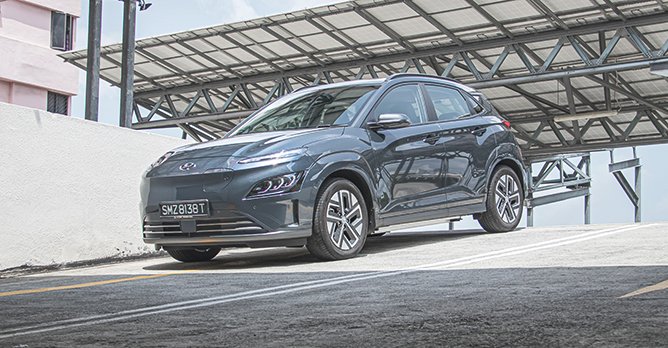
With the Kona Electric, Hyundai has certainly updated the model to deliver better safety and functionality, without taking away from the inherent usability and practicality of its electric SUV offering.
Is it a good value choice? Well, it could well be. See, where the standard range model used to sell at $136,999 back in March 2019 when we last drove this car, this current one is asking $146,999. COE in March 2019 was about $20k less than it is today, but the increase in COE premiums is also offset by an additional $5k VES rebate. So, the car is effectively $5k cheaper than before, but you get a sharper look and more tech.
All in all, the Kona Electric is still one of the more affordable fully electric SUV choices in the market right now, and if you have the means to charge, then there's no reason not to consider one.
Discover the new KONA Electric.
Photos by Low Fai Ming and Desmond Chan
